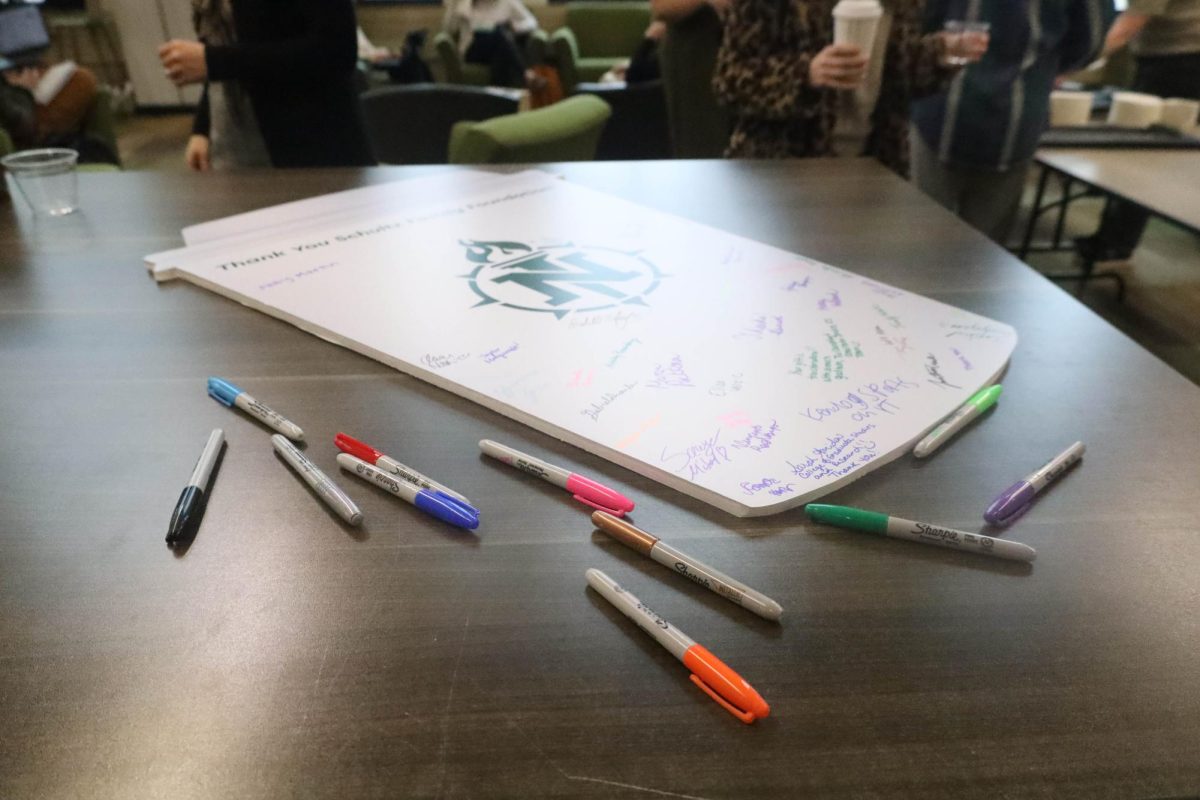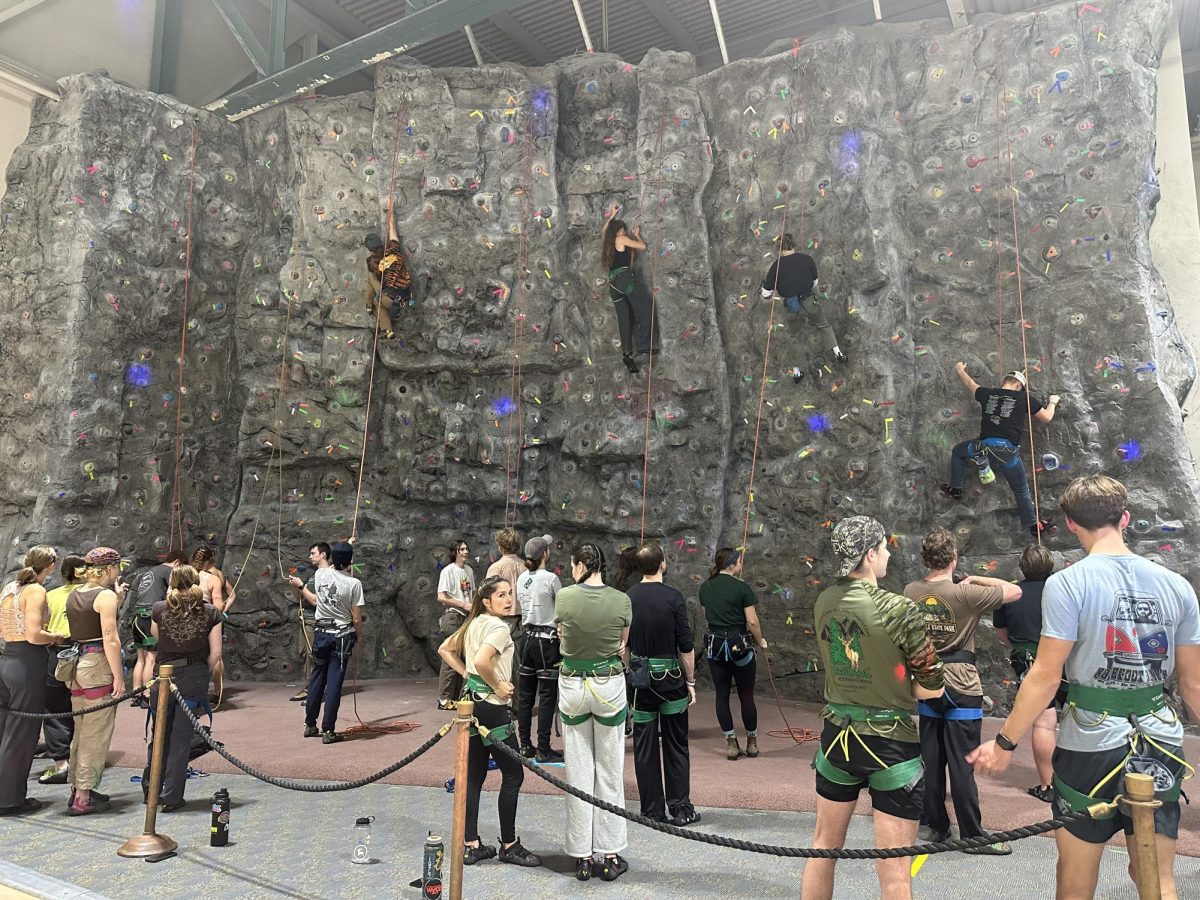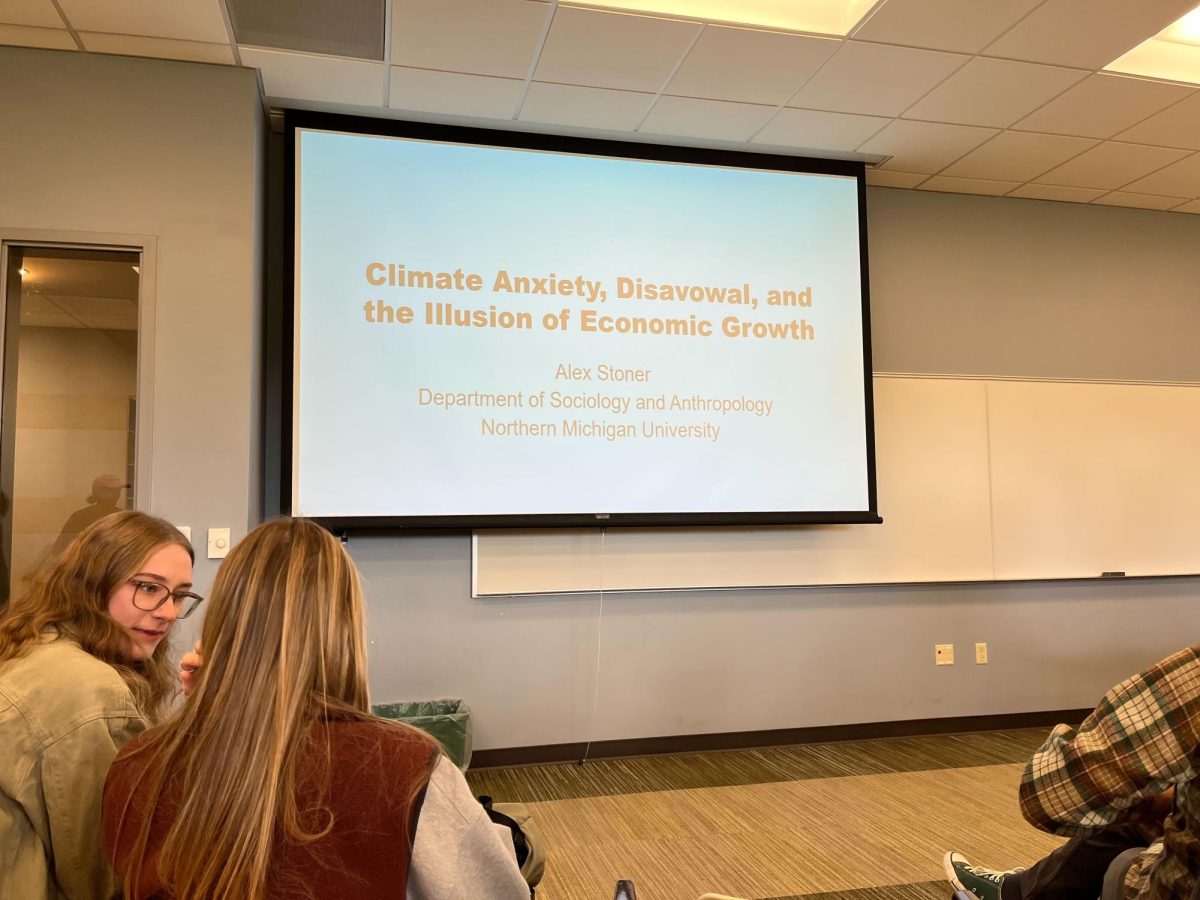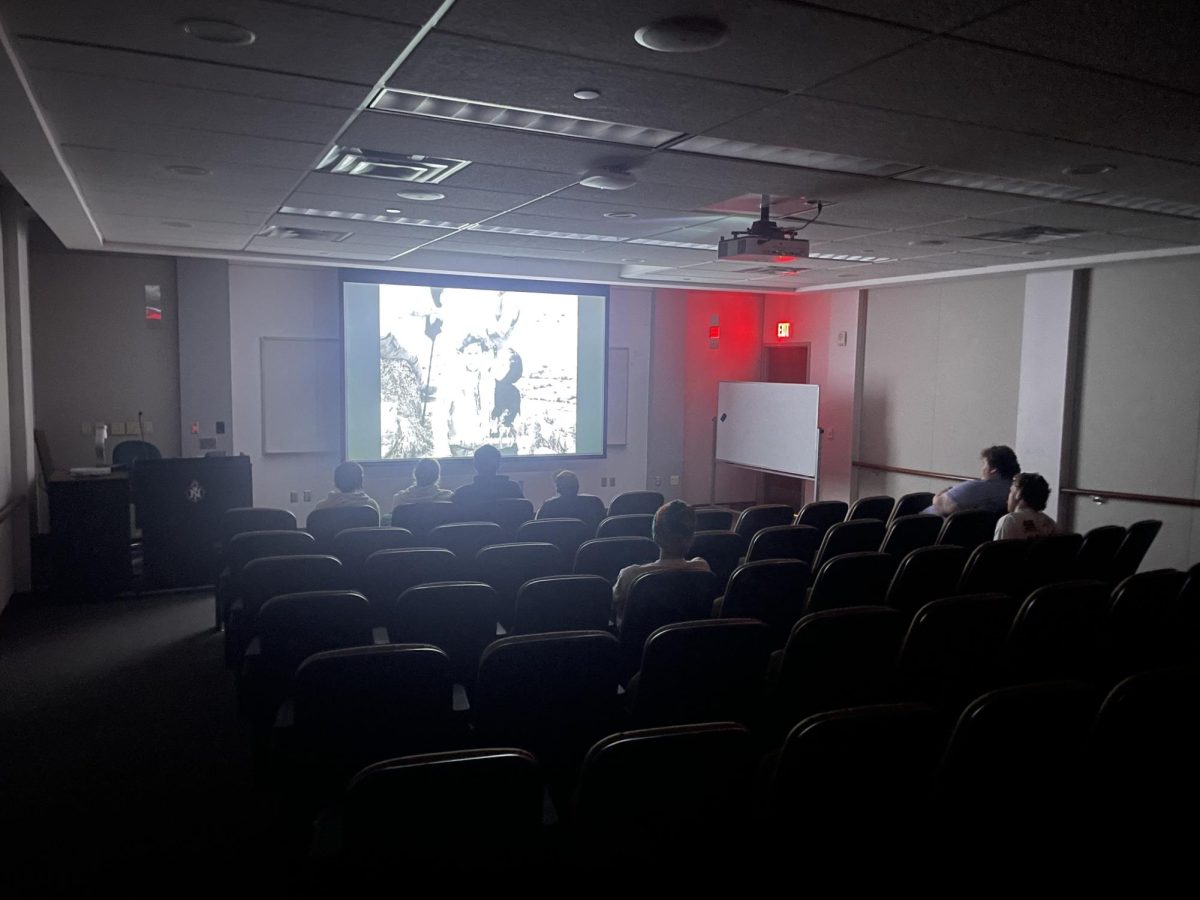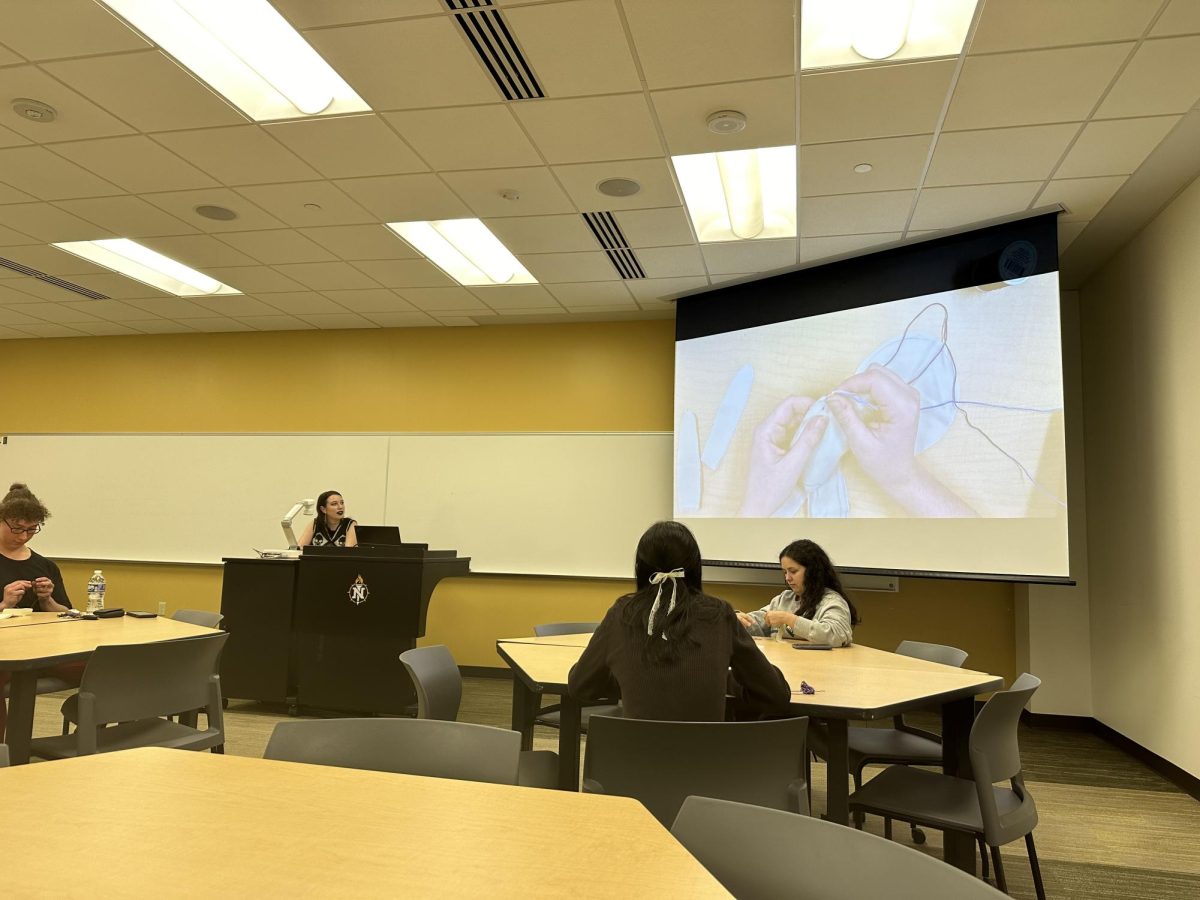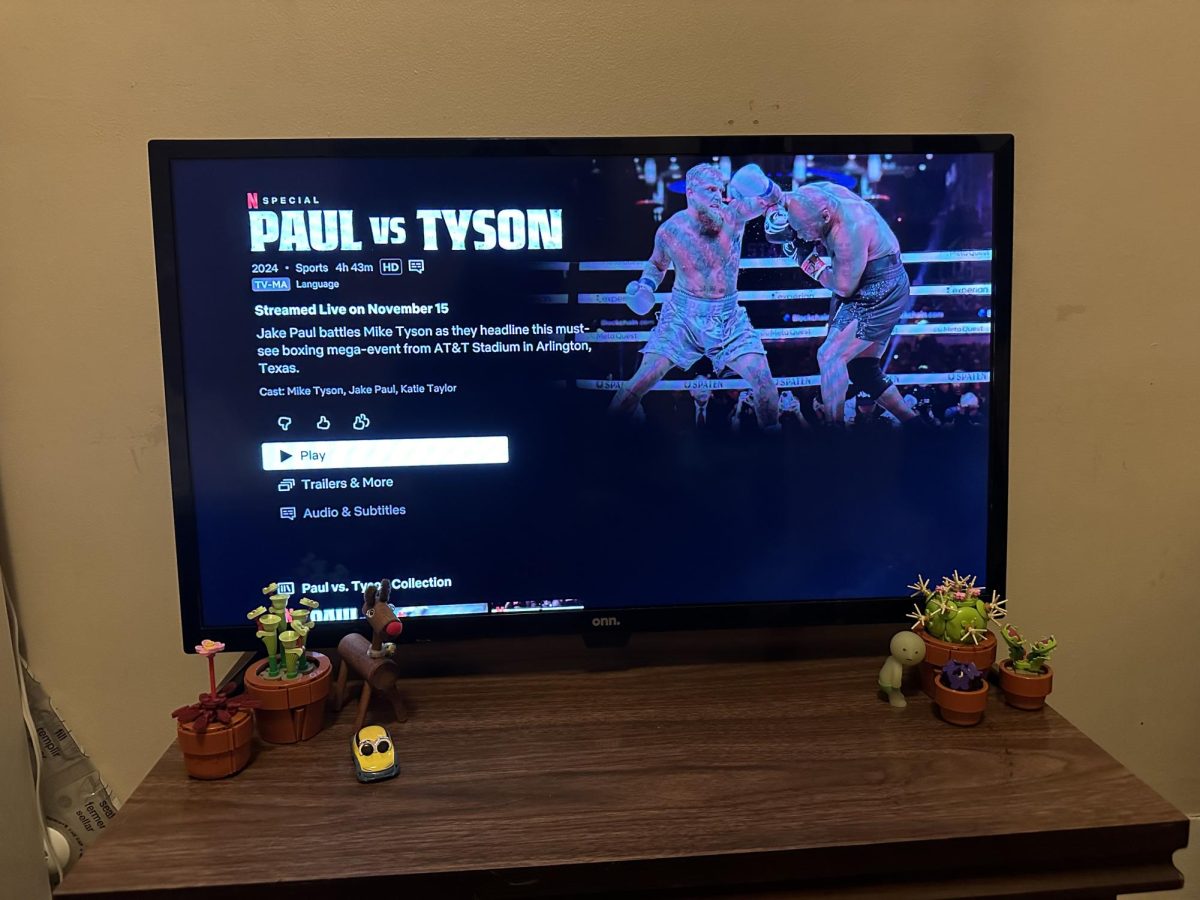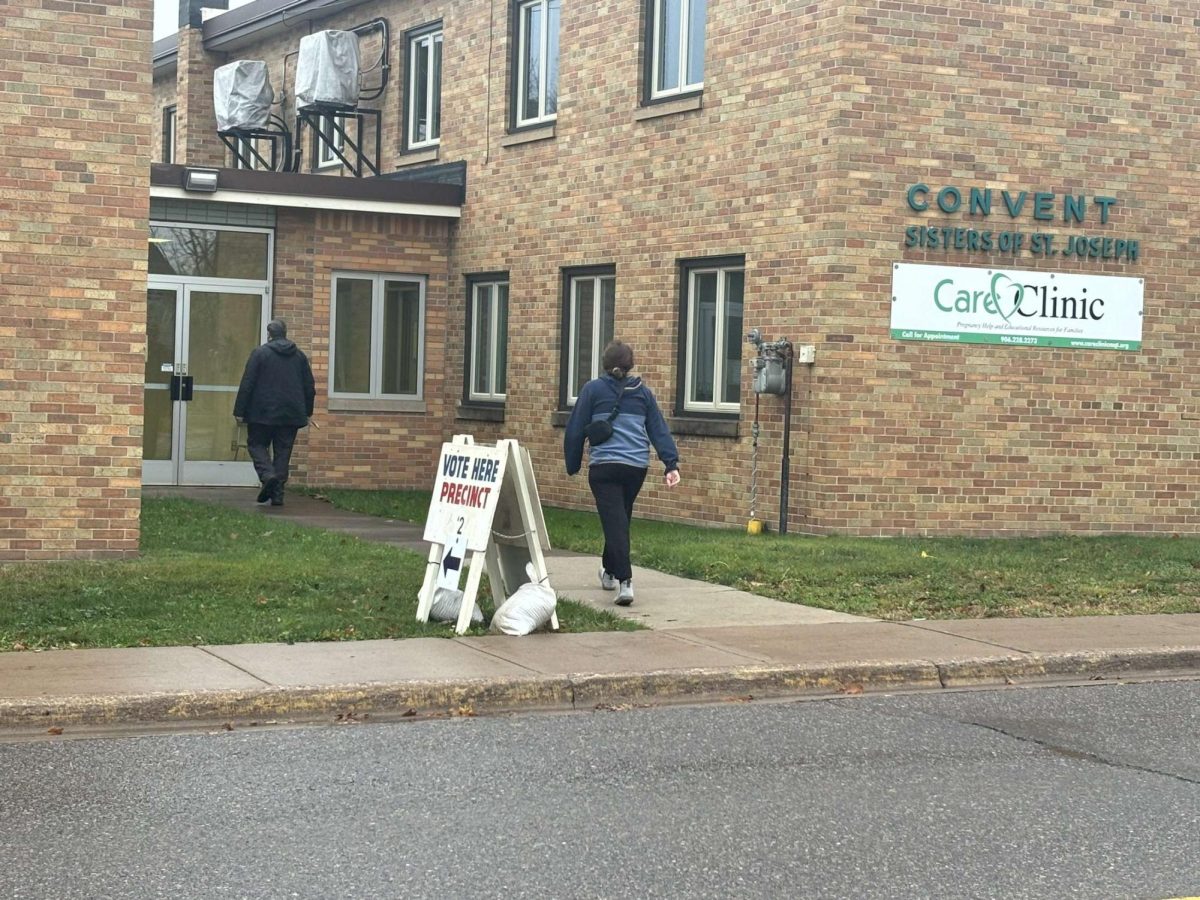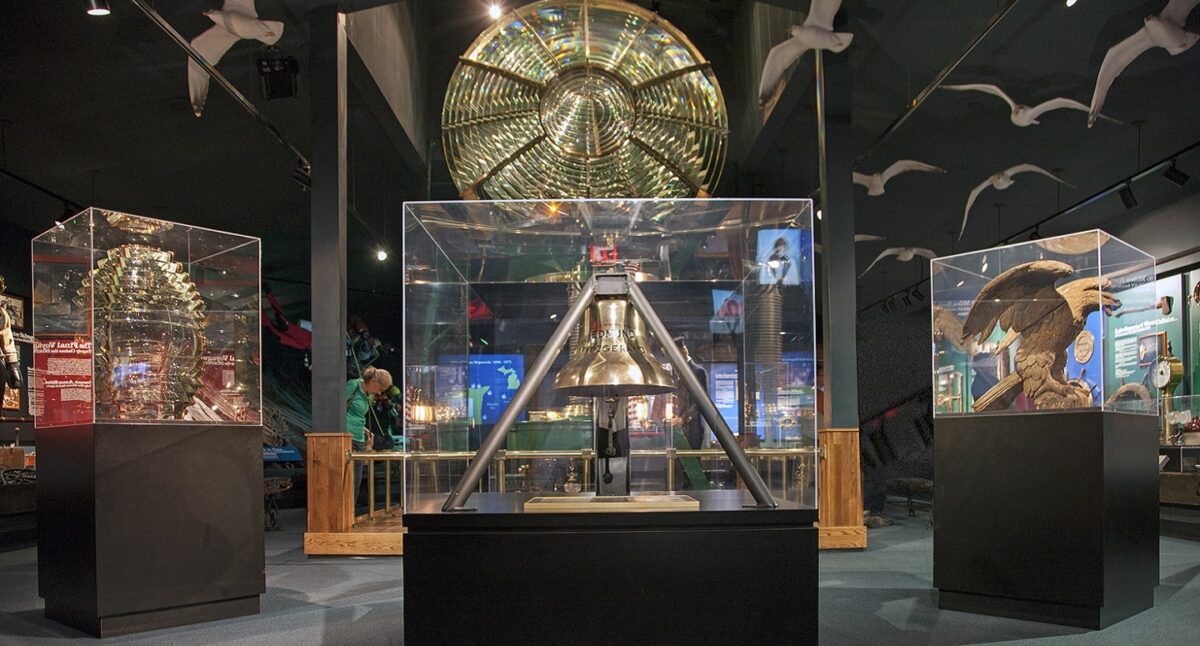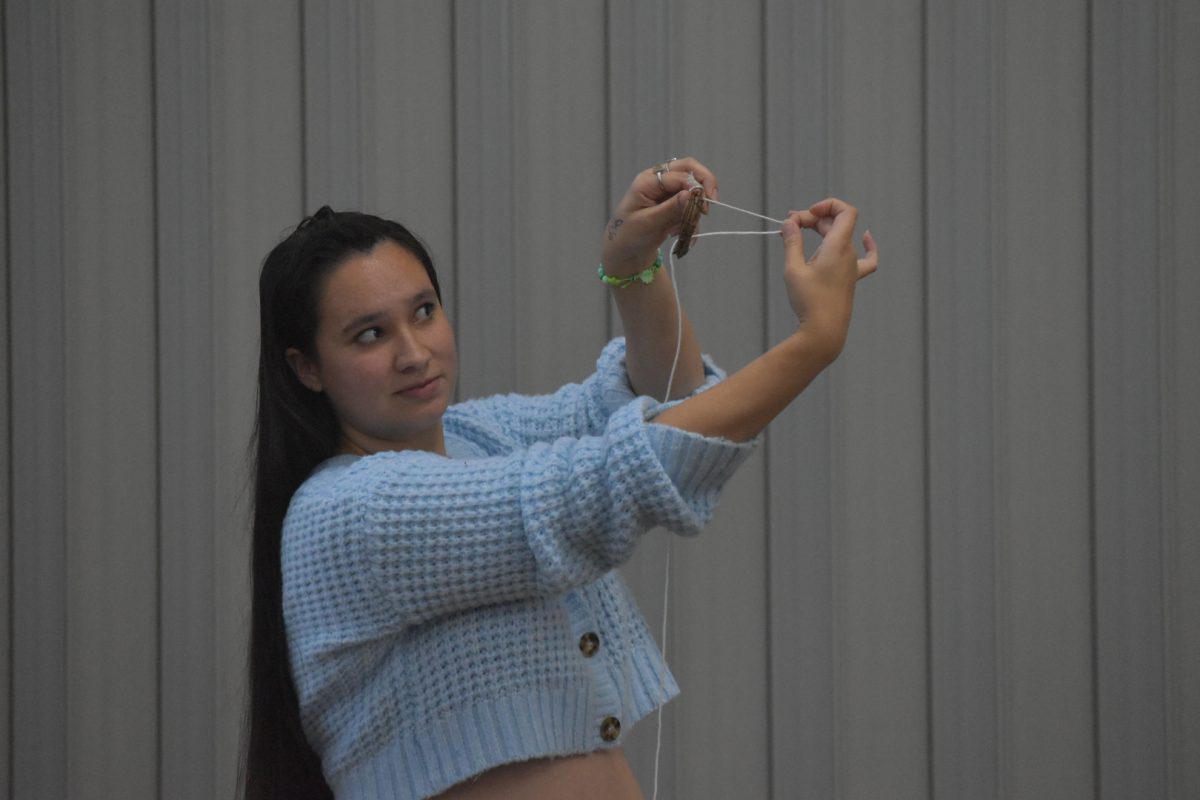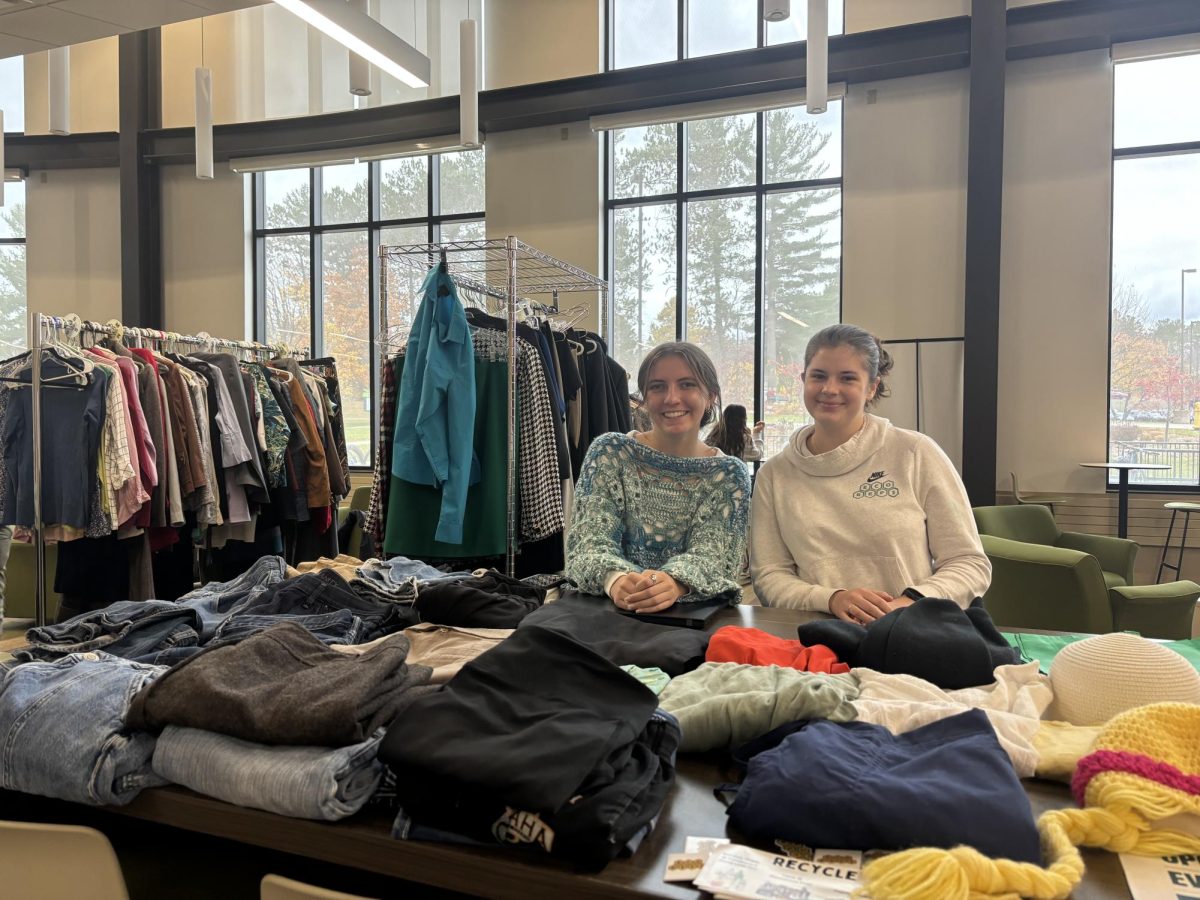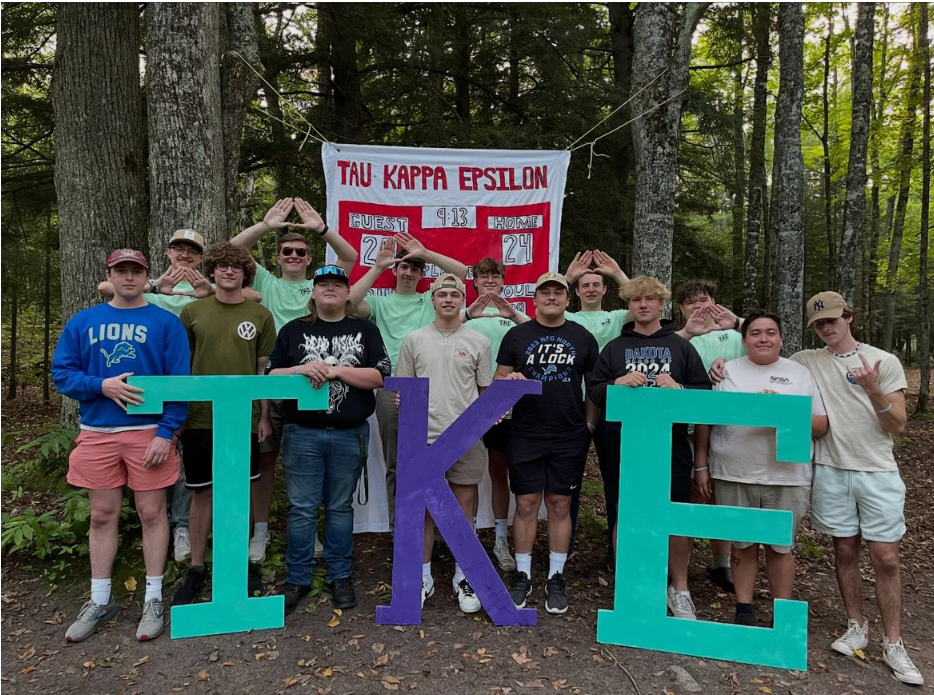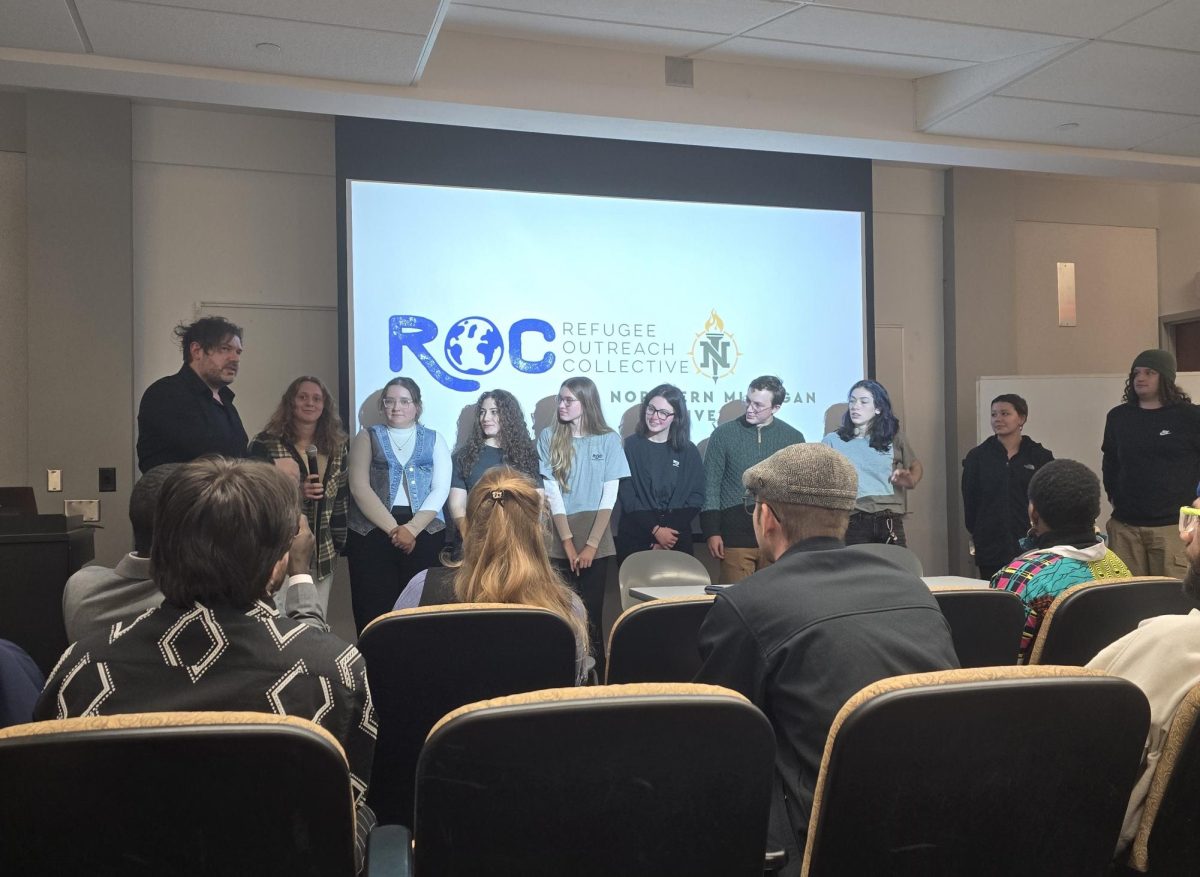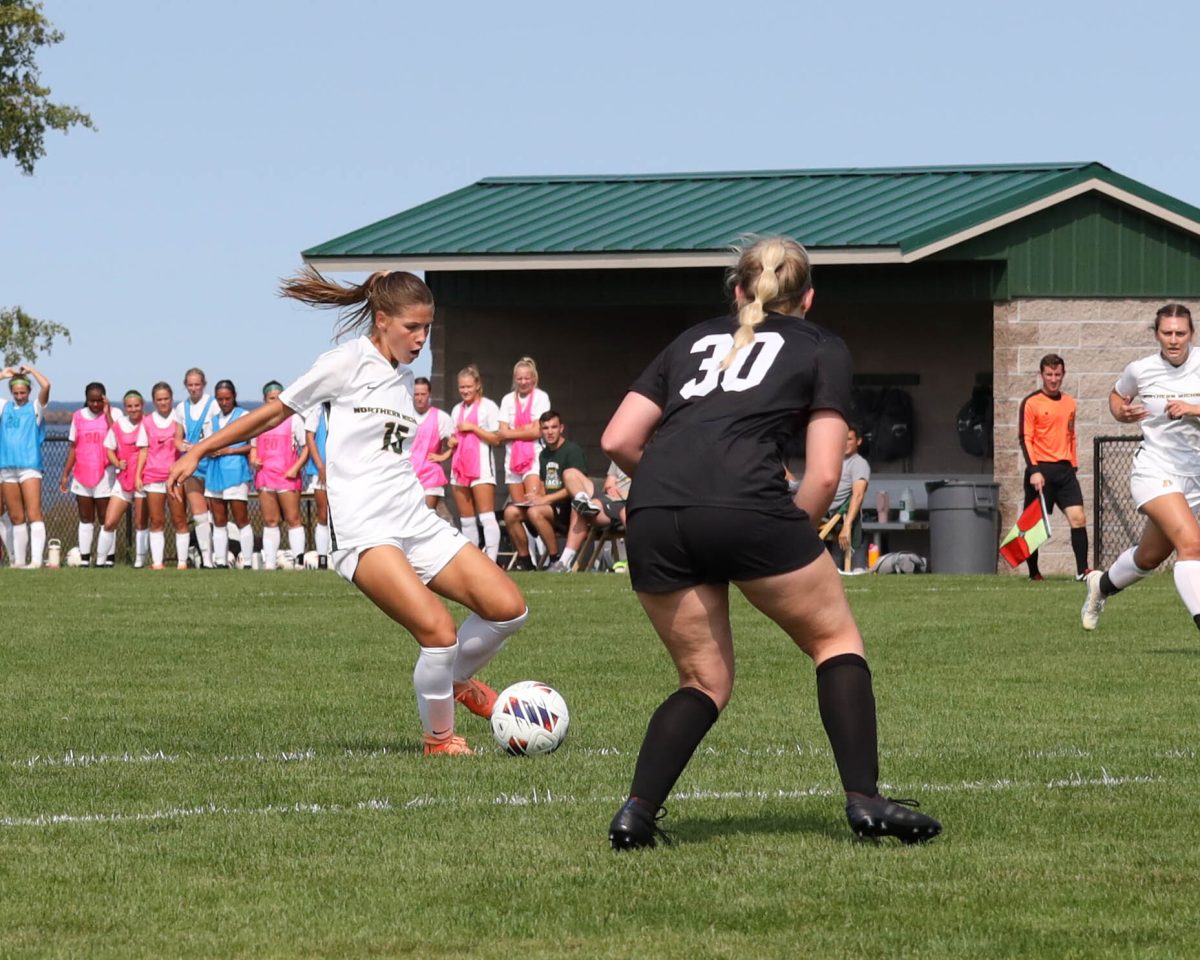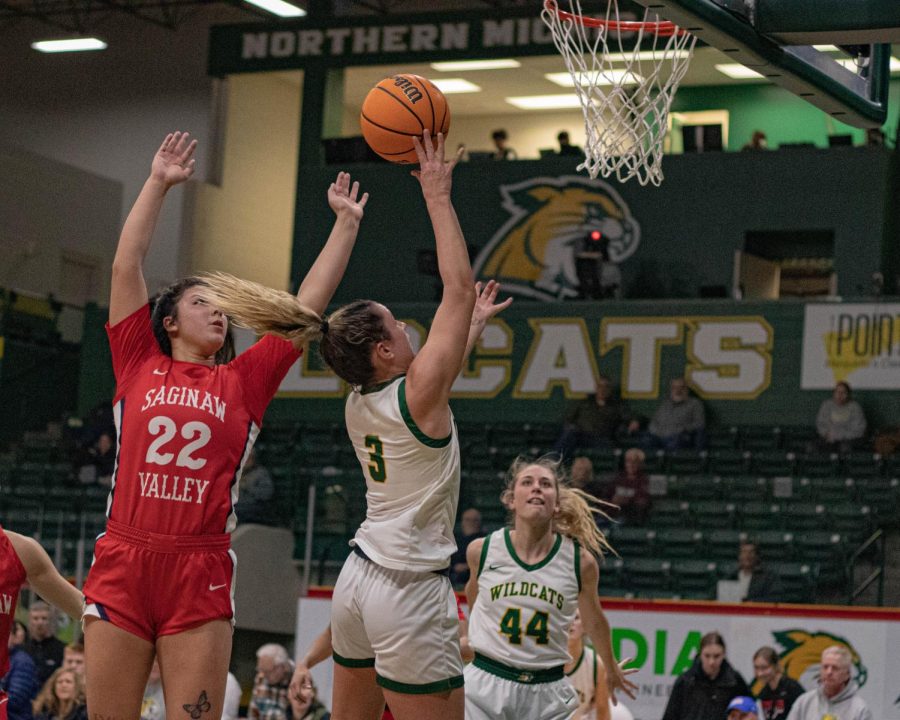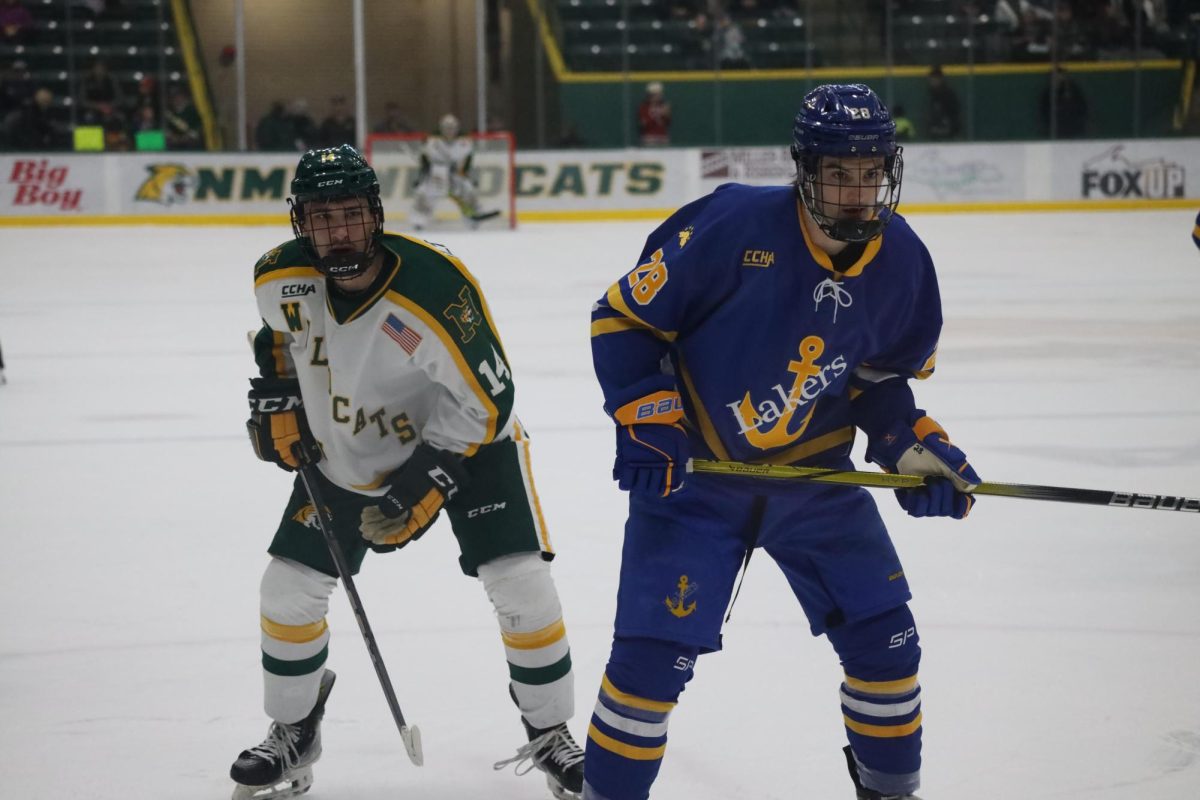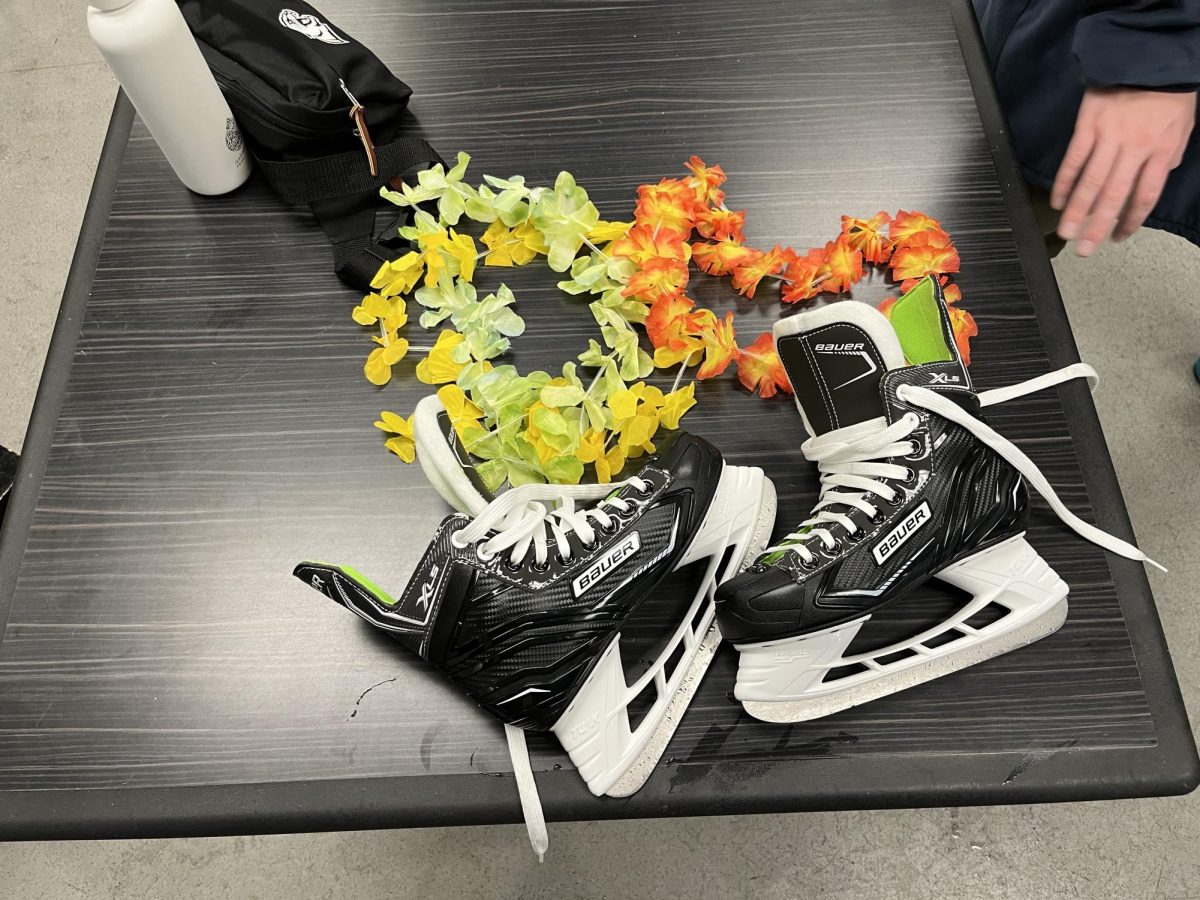Getting up in front of an audience is a common fear. One way for getting over the nerves is to picture everyone else in their underwear or naked. But what if you’re the one without any clothes on?
For the unclad models in the NMU art department this is just part of their job. They are paid to pose nude for students in drawing classes, and assistant art and design professor James Phegan says they can be an intricate part of an art student’s education.
“We are what’s under the clothes, not what fashion dictates,” Phegan said.
When clad models come in, they tend to have either costumes or printed t-shirts that mean nothing to the students from an artistic standpoint. With unclad models they can really study the body and Phegan said the human machine is what’s really fascinating.
Junior graphic communication major Rachel Hoppe is taking AD 120, drawing/illustration, which almost exclusively uses unclad models. For her, the shapes and structures available when drawing unclad models are what make it more interesting. With clad models, students focus more on texture and how fabrics fall on a subject. But with unclad models they can apply anatomy and muscle definition to their art.
This is one of the reasons freshman biology and English major Mike Carroll usually does unclad modeling for the art department.
“Most of the time drawing people is more interesting when there are no clothes involved,” Carroll said.
Phegan said the unclad models are not limited to upperclassmen. All levels of students have the opportunity to work with the models if the instructor chooses to use them. He says historically texts on art are written to include the naked body and artists have been drawing it for some 500 years.
But even though nude models have been around for years it doesn’t make it any easier to be naked in front of people. Carroll said he was nervous the first time he modeled unclad because it’s something completely different. “I got lucky though,” he said. “It was an upper level class so there were only about seven students there.”
And the awkwardness can extend beyond the models themselves. Hoppe said that it was different the first time she had to draw a nude model.
“It was like, ‘oh my gosh there’s a naked person in front of me,'” she said. But the instructor set the lesson up so the model moved every minute or so. Hoppe said the class was so preoccupied with drawing the implied movements of the model that they started paying less attention to the nakedness.
“We weren’t analyzing for flaws,” she said. “We were analyzing for shape.”
Carroll said this type of class is also easier and more enjoyable for him. It’s called gesture drawing and sometimes before he goes in for modeling he’ll think of crazy poses to do just to have fun with it. One time he did a whole class based around famous sculpture poses.
Unclad doesn’t always have to be completely naked. Hoppe’s class did a section on drapery and the model wore a sheet.
There can be a certain amount of negativity attached with nude modeling though. When Hoppe first saw an advertisement for unclad models her initial reaction was, “Who would want to do that?” But she reminded herself that she was an adult and it was just shapes.
And even Carroll prefers to have clothes on when he’s modeling even though he mostly does unclad. He says clad is more familiar and less taboo.
But even with some of the awkwardness, Phegan says the students enjoy it and the models get something out of it as well.
“It’s nice to see yourself in art,” Carroll said.
For more information on clad and unclad modeling for the art department, check out their job listing through career services.

